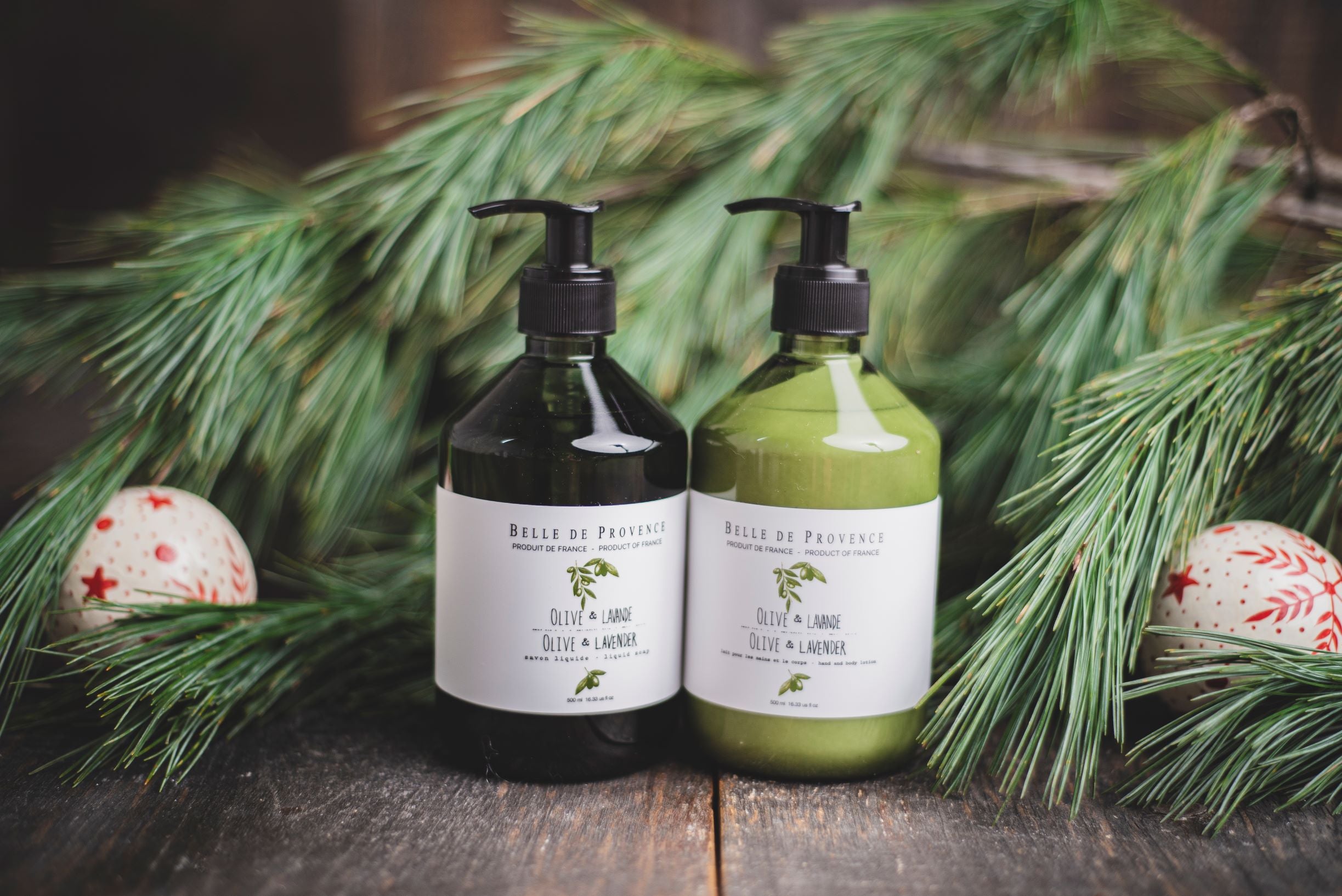Why do we get dry skin and what can you do about? Delve into the biology of your skin, and learn how to combat the effects of the cold.
Winter is coming, which means dry skin is on the horizon. While most of us deal with the effects of dry skin all year long, the winter months are particularly difficult. Why is that? Unfortunately, extreme weather of any kind isn’t great for you skin.

Why is skin dryer in winter?
Your skin is made up of three layers. The innermost layer is your subcutaneous fat that provides insulation, energy storage, and shock absorption. Next is your dermis, which is where your blood vessels, nerves, sweat and oil glands, and hair follicles reside.
The top layer is your epidermis. It has stacked layers of cells. Your older cells will eventually die and fall off by rising to the top of the cells. Your strateum corneum is made up of these dead skin cells, and may affect your appearance if the water content of all the layers below are low.

In winter, humidity is much lower both indoors and outdoors, and affects the water content in your skin. Your skin is porous, and water evaporates from it all the time. Wind and low humidity can accelerate this process. The result is known as the ‘winter itch’ or winter xerosis that causes flaking and cracks in the skin.
What can you do?
There are several things you can do to help fight off the effects of winter. One is simply to make an effort to drink more water to stay hydrated. You can also use a humidifier indoors, and aim to keep the humidity levels around sixty percent to help your skin.

It’s also a good idea to reduce your shower or bath time to only 5 or 10 minutes. It’s better to use lukewarm water instead of hot water. Likewise, you should ease up on your exfoliation routine as to not further irritate your skin.
Pat or blot your skin when drying, and use a moisturizer once you get out of the bath while your skin is damp to help lock in moisture. Don’t forget to moisturize after washing your hands as well.
Make sure to invest in a quality, natural soap like Lothantique’s Savon de Marseille. Avoid using artificial soaps and products with alcohol on your skin that will further strip away natural oils. If your skin is especially dry, you can try working a small amount of petroleum jelly into the affected area. Keep rubbing it into your skin until the area and your hands no longer feel greasy.
Lastly, you should try to avoid using fabric softeners when doing your laundry, and refrain from wearing wools or other materials that may also irritate your skin.
If all else fails, do your best not to scratch at any flaking skin. Your skin natural cycles and renews itself every 28 days. So be patient, stay warm and stay hydrated!
Do you have any tips for remembering to drink water? Share them with us below or on social media. We’d love to hear from you.










